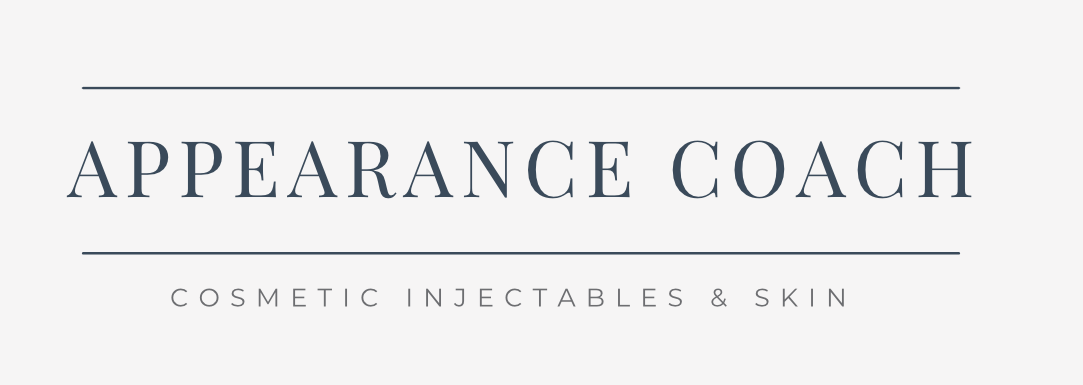
Firstly, we need to understand one of the main triggers of the enzyme tyrosine which is responsible for pigmentation in the skin so bear with, here we go…..
Let’s firstly explain the difference between the different types of UV radiation and where they cause the most damage.
Sunlight contains ultraviolet (UV) radiation, which consists of different types of rays. The types of UV radiation you’re probably most familiar with are UVA and UVB rays. These rays can affect your skin in different ways.
| UVA | UVB | |
|---|---|---|
| Energy level | lowest | medium |
| Skin cells affected | inner cells in the top layer of skin, including dermis | cells in the top layer of skin |
| Short-term effects | immediate tanning, sunburn | delayed tanning, sunburn, blistering |
| Long-term effects | premature aging, wrinkles, some skin cancers | skin cancer, can contribute to premature aging |
| Source | sunlight, tanning beds | sunlight, tanning beds |
| % of the sun’s UV rays | ~95 | ~5 |

What is the difference between UVA and UVB?
UVA rays penetrate farther into skin than UVB rays, steadily destroying key substances in skin that give it its firmness and elasticity. UVA rays are a leading cause of wrinkles and a cause of, or major contributor to, every type of skin cancer.
One more difference: UVA rays penetrate glass, while UVB rays do not. Unless the window you sit by at work or the windows in your car are specially treated to filter UVA radiation, your skin is being exposed to UVA rays, making sunscreen an absolute necessity.
The SPF rating of sunscreen is related to protection from UVB rays. To ensure adequate protection from UVA and UVB rays, look for sunscreens labelled “broad spectrum,” which indicates they have been tested and are permitted to make that claim. With the Aspect Sun SPF50 range stocked in clinic, it is a very high protection mineral sunscreen cream that has been specially developed to provide broad spectrum UVA and UVB SPF 50+ from the sun.

To get maximum protection you should be reapplying your sunblock every two hours, covering up as much as possible and trying to avoid the hottest part of the day.

what is a tyrosinase inhibitor and why is it so important
Tyrosinase is the enzyme responsible for the first step in melanin production. It is part of a conversion process that creates the pigment (melanin) to be transported to the top layer of your skin resulting in a darkening of the skin. It is a defence mechanism against damage (inflammation, picking and UV rays to name a couple).
When cells have been damaged by the inflammation ie UV radiation, the Tyrosinase enzyme will send an excess of Tyrosine which will result in overproduction of pigment. This is what you see as pigmentation.
Research has established the best way to control an excess of melanin production is to target this crucial enzyme. The other reason we target this enzyme is it is only found in the melanocyte- meaning there are no side effects anywhere else when we inhibit it.
Tyrosinase Inhibitor products will reduce the enzyme Tyrosinase from over stimulating so there is no overproduction of pigment in the skin. We don’t want to stop this process from happening completely as it is there as a protective mechanism to stop harm to the skin, what we want to do is slow down the process and only have a melanin needed to protect the skin released.
The darker the pigmentation the longer it will take to fade, so if we can stop it from being darker from the start, then it is easier and quicker to fix. Tyrosinase Inhibitors will correct hyperpigmentation and reduce it from over producing but it does require continued use.
Our skin has a memory and once it’s been damaged hyperpigmentation can come back, especially if the cells are left unprotected. Tyrosinase Inhibitors are not only for those who have Hyperpigmentation, but also for clients that have healthy, even skin.
You might have a beautiful, even skin tone now, but we want to make sure it stays that way. Using a Tyrosinase Inhibitor will help protect your skin and prevent you from forming hyperpigmentation and oftentimes hyperpigmentation is lying underneath the skin and will surface later-on in life. You can prevent this hyperpigmentation from happening or from surfacing altogether.
For pigmentation an important ingredient to go with your tyrosinase inhibitor must be sunscreen as this in UV ray damage is the 1st step of protection.

here are my product recommendations for protecting your skin
You must use a SPF30+ sunblock EVERY day, I will always recommend Aspect Sun SPF50. (As a runner I know this works). This will help protect your skin from the UV rays mentioned above.
It is a must for my clients that are treating pigmentation to be on a form of Tyrosinase inhibitor like Aspect Dr Complete Pigment Plus.
Try and avoid the heat of the day as melasma can be triggered not just by UV but also heat
A Retinol night cream such as Aspect Dr Exfol A is also recommended. A retinol helps to stimulate cellular turnover helping to bring damaged pigmented cells up to the surface to be removed by the natural desquamation process.
Are you concerned about your pigmentation or need some advice about how best to protect your skin?
Book your consultation here and we can work with to create the best plan for your skin.


